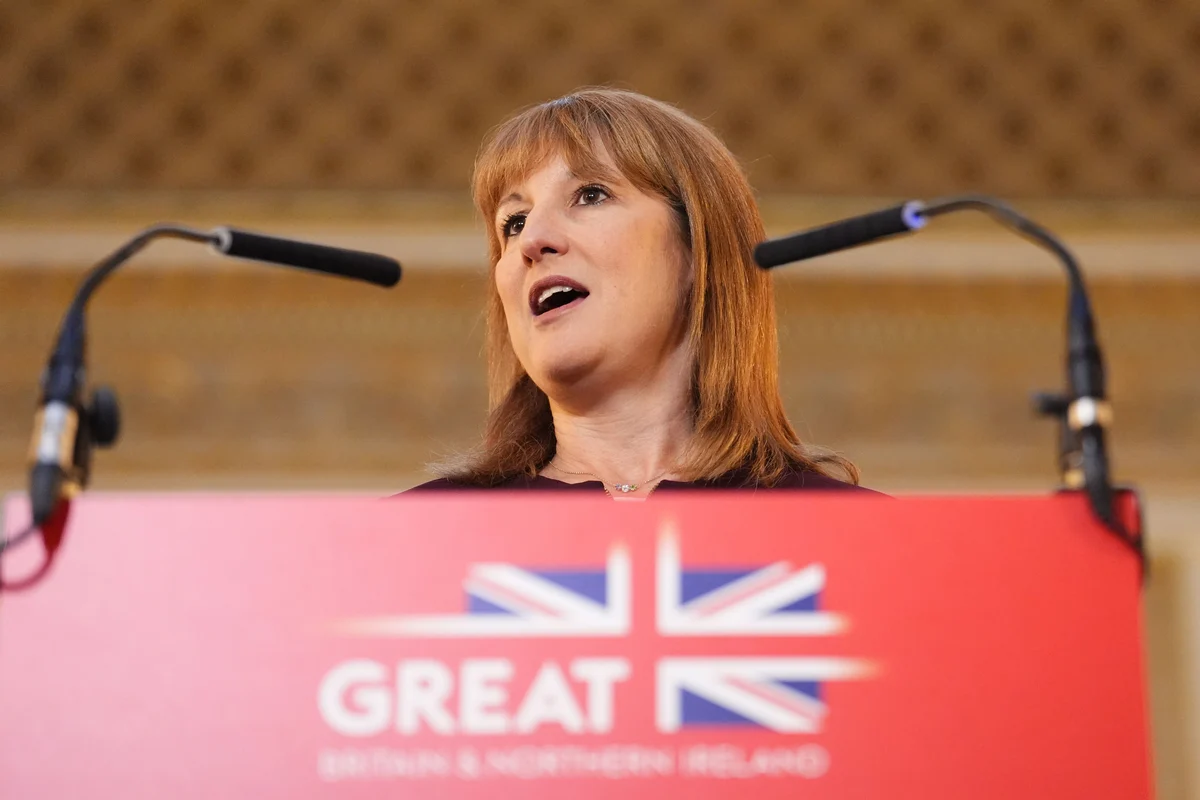By Hannah Millington
Copyright newsweek

Volatile chemicals released by the body—through urine, feces and odor—could one day help to noninvasively detect cancer early.
In mouse models, researchers at Hefei Institutes of Physical Science of the Chinese Academy of Sciences found volatile organic compounds (VOCs) could offer helpful clues in screening for multiple types of cancer at once.
“Early cancer detection is crucial for improving cure and survival rates. Pan-cancer detection technology enables simultaneous screening for multiple cancer types, representing a significant advancement in cancer diagnosis,” the study authors wrote in the paper.
“Recent biomedical research suggests that cancer may function as a metabolic disorder, underscoring the importance of multiomics [a biological analysis approach of various data fields], particularly metabolomics.
“Volatile organic compounds (VOCs) in metabolomics provide noninvasive methods for early disease screening. However, a reliable strategy for VOC analysis in early pan-cancer detection is currently lacking.”
Closeup of a man, wearing a white coat, in the laboratory, filling a tube with a urine sample from a sterile container.
In the study, the team chemically induced tumors in the organs of mice, including the lungs, stomach, liver and esophagus.
A total of 30 mice were selected from 40 tumor groups, with 20 included in the analysis to identify tumor-characteristic VOCs, while 10 were designated as the external validation group.
Over 21 weeks, the researchers collected urine, feces and odor samples from both mice with tumors and healthy mice at six time points.
They used an analytical screening technique called “headspace solid-phase microextraction gas chromatography-mass spectrometry” (HS-SPME-GC-MS) to conduct “nontargeted detection and analysis” of VOCs.
The results, according to the team, revealed three sets of tumor-associated VOCs that reflected both metabolic changes during cancer progression and distinguished mice with tumors from the mice without tumors.
Early tumor signals were detectable in urine at week 5, in odor at week 13 and in feces at week 17—“well before advanced tumor development.”
Technical diagram of esophageal cancer cell identification research process | GE Dianlong
“This study emphasizes the potential of VOCs in noninvasive whole cancer screening and early diagnosis, providing a fundamental reference for VOCs-based gas biopsy experiments in preclinical stages and demonstrating the concept of early tumor detection,” the authors wrote.
So while more research is needed to see how these results translate to humans, this opens the door for exploring the potential of VOC biomarkers in pan-cancer research.
Newsweek has reached out to the researchers for additional comment.
Do you have a tip on a health story that Newsweek should be covering? Do you have a question about pan-cancer detection? Let us know via health@newsweek.com.
Liu, Y., Ge, D., Zhou, J., Zheng, X., Chu, Y., Yu, Y., Liu, W., Ke, L., Lu, Y., Huang, C., Shen, C., & Chu, Y. (2025). Gas Biopsy for Pan-Cancer Mice Early Screening by Untargeted Mass Spectrometry Analysis of Metabolic VOCs. Journal of Proteome Research, 24(8), 4215–4226. https://doi.org/10.1021/acs.jproteome.5c00255



